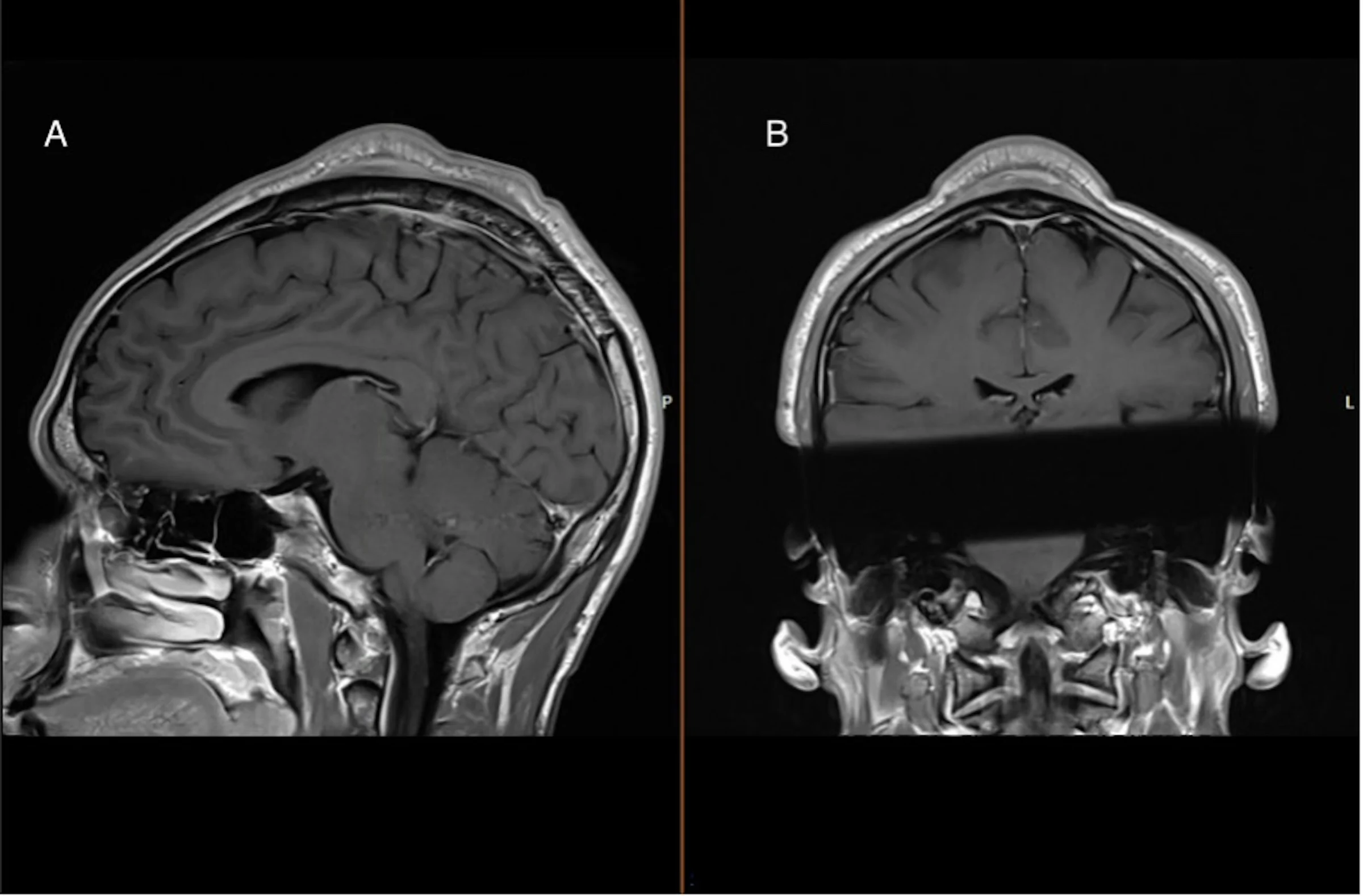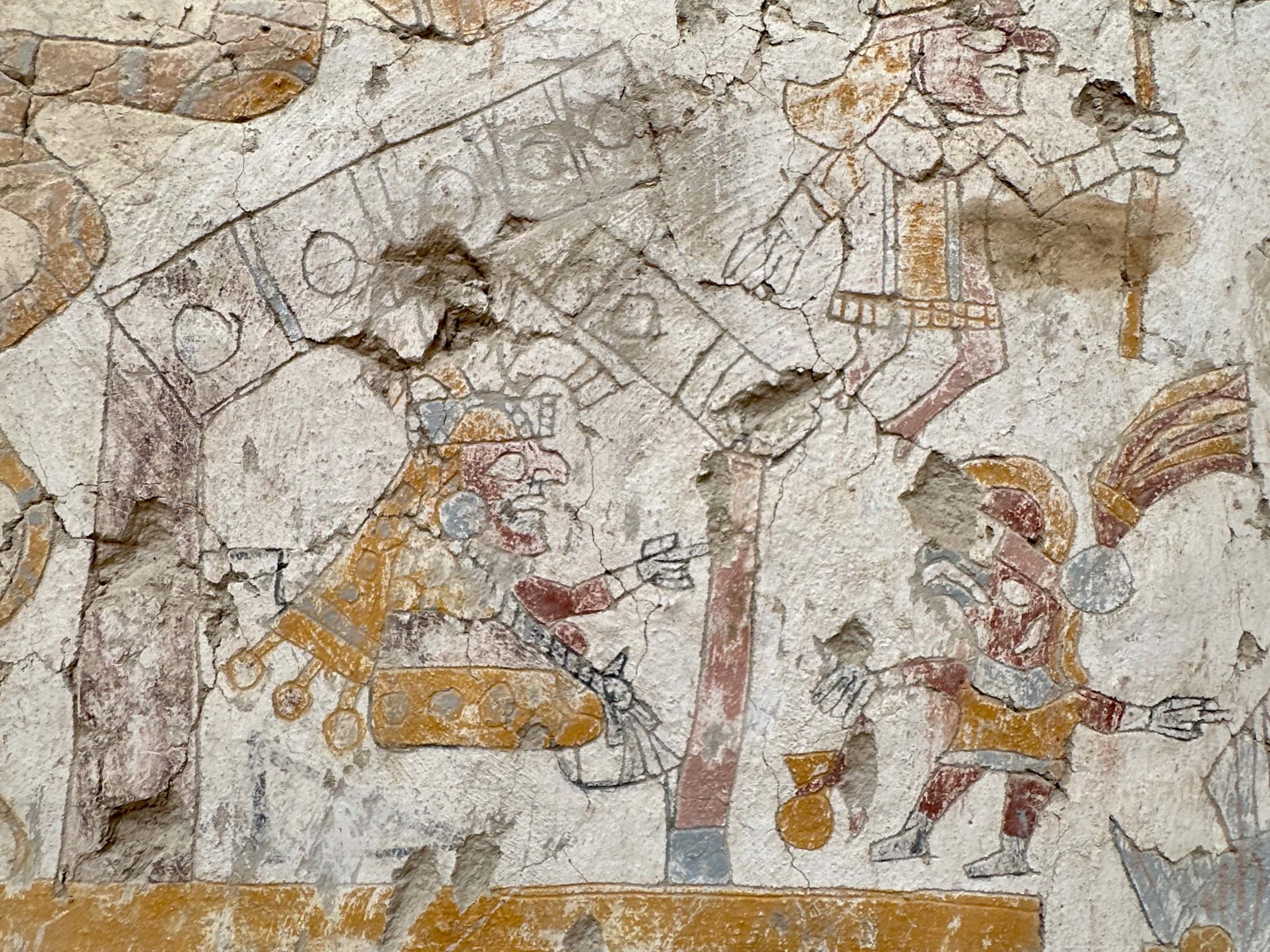In a discovery that has left astronomers both stunned and intrigued, NASA’s Chandra X-ray Observatory has captured an unexpected event in the distant galaxy Centaurus A. Located about 12 million light-years from Earth, this galaxy is home to a supermassive black hole, whose intense gravitational and magnetic fields propel jets of high-energy particles across its expanse. While black hole jets are not new to researchers, a recent observation shows something completely unexpected: one of these jets colliding with a mysterious cosmic object and producing an unusual, V-shaped emission in the X-ray spectrum. The mystery behind this phenomenon has sent shockwaves through the astronomical community, offering tantalizing clues about the hidden workings of the universe.
A Giant Black Hole’s Powerful Jet in Centaurus A
At the heart of Centaurus A lies a supermassive black hole, an object so massive that it exerts unimaginable forces on the surrounding space. These forces are strong enough to propel high-energy particles at near light-speed, creating jets that stretch across vast distances. The Chandra X-ray Observatory, equipped with the most advanced technology for observing high-energy X-rays, recently took the deepest X-ray image ever captured of the galaxy, uncovering a rare and mysterious occurrence in the process. What astronomers discovered was a jet from the black hole striking an unknown object, leaving behind a bizarre V-shaped pattern of X-rays.
This jet, which moves at close to the speed of light in certain regions, is one of the most powerful forces in the galaxy. However, this latest discovery adds complexity to our understanding of these cosmic jets. While previous observations have shown jets interacting with objects in the path of the jet, this particular collision is unlike anything seen before. The resulting V-shape in the X-ray spectrum has puzzled astronomers, sparking new questions about what the jet is actually hitting and how such a phenomenon can occur.
The Unidentified X-Ray Emission: C4
The enigmatic X-ray emission observed in Centaurus A has been attributed to an object known as C4, a bright source of X-rays located near the path of the jet. The X-ray pattern it produces is strikingly unique, forming a V-shape with arms that stretch across 700 light-years—an enormous distance in cosmic terms. To put this into perspective, the nearest star to Earth is just about 4 light-years away, making the size of this X-ray emission even more mind-blowing.
Scientists have speculated that the object responsible for this X-ray signature could be a massive star, either alone or part of a binary system. One of the key theories suggests that the particles in the jet could be colliding with the gas in the stellar wind, creating turbulence and triggering the X-ray emission. This would explain the enhanced X-ray signal observed by Chandra, but the specific nature of the object remains shrouded in mystery.


NASA/CXC/SAO/D. Bogensberger et al; Image Processing: NASA/CXC/SAO/N. Wolk;
A Collision of Particles and Gas
The V-shaped emission observed by Chandra offers a glimpse into the complex interactions between the jet and the surrounding environment. Astronomers believe that the particles within the jet could be striking gas that has been ejected by a nearby star, generating turbulence in the process. This turbulence would increase the density of the gas in the jet, causing the X-rays seen by Chandra. One arm of the V appears to be aligned with the jet, which suggests that the turbulence is coming from the collision between the jet’s particles and the gas.
However, the other arm of the V poses a greater mystery. This arm is tilted at a large angle to the jet, and astronomers are still trying to determine what could explain this unexpected angle. Could the jet be hitting another type of object, such as a dense gas cloud, or is there something else at play here? The unusual shape of the X-ray emission is unlike anything seen in previous observations, raising intriguing questions about the mechanisms behind this cosmic interaction.
Why This Discovery Is So Unique
While black hole jets colliding with objects in space is not a new phenomenon, the X-ray emission observed in Centaurus A is unlike anything previously recorded. In other instances, black hole jets colliding with objects have produced elliptical blobs in X-ray images. However, the V-shaped pattern observed in this case is entirely new, making it one of the most unique discoveries in recent years. This unusual emission has only been captured by Chandra, the only observatory capable of detecting this level of detail in high-energy X-rays.
This discovery could potentially open the door to understanding more about the environments surrounding supermassive black holes and their jets. As scientists continue to analyze the data, the mystery of what is causing the V-shaped X-ray emission could shed light on the broader processes at work in some of the most extreme environments in the universe.
The Mystery Behind C4
Despite the exciting discovery, the true nature of C4 remains unknown. Could it be a massive star, or is it something even more exotic? Researchers believe that the key to understanding this mystery lies in the interaction between the jet and whatever object is in its path. Whether the jet is hitting a star directly or impacting a gas cloud remains a point of intense speculation. As Chandra continues to observe Centaurus A, astronomers hope to uncover more details that will help unravel the mystery behind this unusual cosmic collision.
This study, published in The Astrophysical Journal, was conducted by an international team of astronomers from institutions such as the University of Michigan, University of Maryland, and Penn State University. As they work to decode the data captured by Chandra, the mystery surrounding C4 may soon be solved, potentially unlocking new insights into the nature of black holes and the complex dynamics of the universe.









Leave a Comment